Tag: ICU
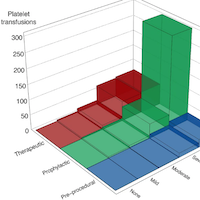
Thrombocytopenia and Platelet Transfusions in ICU Patients
In this international prospective cohort study of acutely admitted adult ICU patients, we found that 43% had thrombocytopenia; 23% at ICU admission and 20% developed it during ICU stay. Patients with thrombocytopenia... read more

Uncommon Diseases in the ICU
This book highlights the practical characteristics of uncommon diseases and presents the most relevant features for the management of intensive care units. It does not aim to provide an exhaustive description of uncommon... read more
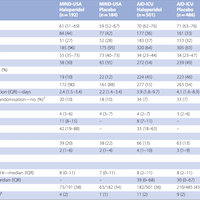
Haloperidol and Delirium: What is Next?
Haloperidol is, by far, the best-studied antipsychotic in ICU, appears to be safe in the dosing range used in these two trials and is easy to administer and titrate. For these reasons, if a clinician chooses to pharmacologically... read more

Enteral Citrulline Supplementation vs. Placebo in Mechanically Ventilated Patients
Among mechanically ventilated ICU patients without sepsis or septic shock, enteral L-citrulline administration did not result in a significant difference in SOFA score on day 7 compared to placebo. Of 120 randomized patients... read more
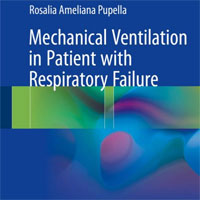
Mechanical Ventilation in Patient with Respiratory Failure
This handbook covers the principles of mechanical ventilation, making them easy to understand and apply in clinical settings. Presented in an accessible style and supplemented by a wealth of illustrations and graphs, it includes... read more
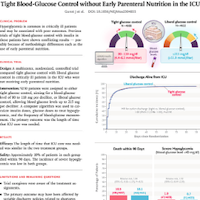
Tight Blood-Glucose Control without Early Parenteral Nutrition in the ICU
In critically ill patients who were not receiving early parenteral nutrition, tight glucose control did not affect the length of time that ICU care was needed or mortality. Of 9,230 patients who underwent randomization,... read more
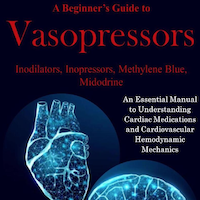
A Beginner’s Guide to Vasopressors: Inodilators, Inopressors, Methylene Blue, Midodrine: An Essential Manual to Understanding Cardiac Medications and Cardiovascular Hemodynamic Mechanics
The use of pressors and dilators are common in intensive care units, especially concerning the heart. With different mechanisms of action and titrations, it is essential to know how each of the drugs perform and the potential... read more

Epidemiology of Surgery Associated Acute Kidney Injury (EPIS-AKI)
In a comprehensive multinational study, approximately one in five patients develop PO-AKI after major surgery. Increasing severity of PO-AKI is associated with a progressive increase in adverse outcomes. Our findings indicate... read more

Tracheal Intubation of Critically Ill Adults: Video vs. Direct Laryngoscopy
Successful intubation on the first attempt occurred in 600 out of 705 patients (85.1%) in the video-laryngoscope group and 504 out of 712 (70.8%) in the direct-laryngoscope group (ARR, 14.3%; 95% CI, 9.9 to 18.7; p... read more
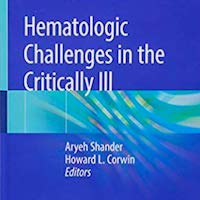
Hematologic Challenges in the Critically Ill
This volume provides a comprehensive overview of hematologic issues that clinicians regularly encounter in the critical care environment. The text features hematologic scenarios that affect the adult ICU patient, outlines... read more
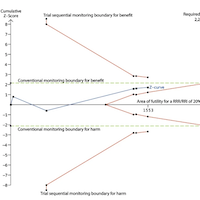
Delirium in Critically Ill Patients – Haloperidol Treatment
Haloperidol may reduce mortality and likely result in little to no change in the occurrence of SAEs/SARs compared with placebo in critically ill patients with delirium. However, the results were not statistically significant... read more
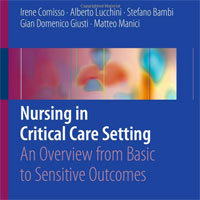
Nursing in Critical Care Setting: An Overview from Basic to Sensitive Outcomes
This book provides essential insights into how the approach to nursing care in ICU patients has markedly changed over recent years. It shows how the focus has progressively moved away from the technical approach that characterized... read more

Ferroptosis and Pyroptosis Signatures in Critical COVID-19 Patients
Critical COVID-19 patients admitted to the intensive care unit (ICU) frequently suffer from severe multiple organ dysfunction with underlying widespread cell death. Ferroptosis and pyroptosis are two detrimental forms... read more

Staphylococcus Epidermidis Infections Linked to ICU Septic Shocks
Bloodstream infections caused by Staphylococcus epidermidis (SE-BSI) may lead to septic shock in patients admitted to intensive care unit (ICU), according to a study. For the study, researchers looked at a retrospective... read more
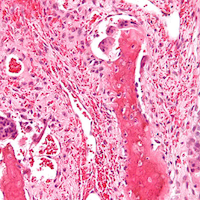
Hypercalcemia of Immobility in Critically Ill Patients
Significant hypercalcemia can occur in intensive care unit (ICU) patients. Immobilization hypercalcemia has been infrequently reported after ICU admission. Patients, therefore, usually require extensive workup to rule out... read more
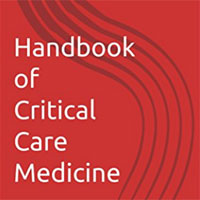
Handbook of Critical Care Medicine
The management of critically ill patients is an important and integral part of internal medicine practice. Often, junior doctors and medical students receive insufficient training in this area of medicine. There are important... read more

Cluster of Carbapenemase-Producing Carbapenem-Resistant Pseudomonas Aeruginosa Among ICU Patients
Treatment of carbapenemase-producing carbapenem-resistant Pseudomonas aeruginosa (CP-CRPA) infections is challenging because of antibiotic resistance. CP-CRPA infections are highly transmissible in health care settings because... read more









